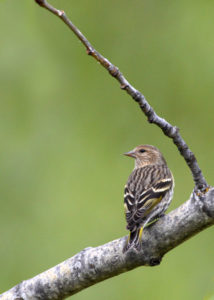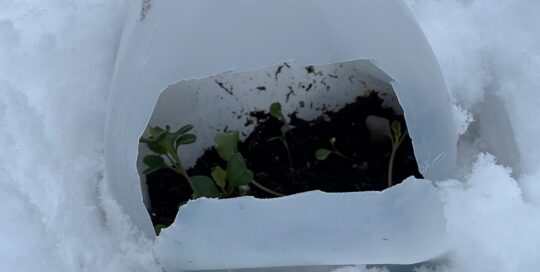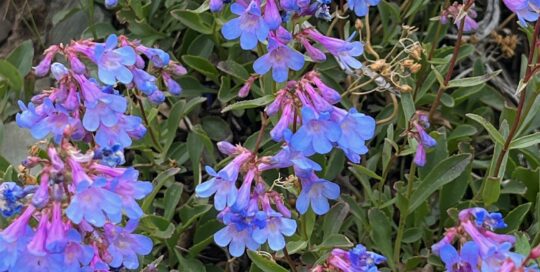Bird feeders spreading salmonellosis in Pine Siskins
Views: 463

It’s time to take down your bird feeders this year. Salmonellosis, a bacterial disease caused by Salmonella, is killing pine siskins. Because they contract the disease from contact with infected fecal matter, with birds congregating at feeders and bird baths, infection rates have increased throughout the West and in other parts of the country. With bird feeders spreading salmonellosis in Pine Siskins, it’s time to take action.
Pine Siskin abundance
The first piece of why this is happening is due to the current irruption of pine siskins. Reports of huge numbers of the small, brown-striped birds at their feeders. Called an irruption, this phenomenon is a population boom usually caused by an abundance in their food source. With pine siskins, the pines in the northern regions where they spend the summer produced well. Subsequently, so did the pine siskins.
While we like to see prolific populations, as we know, when too many of anything are together, disease can break out. In this case it is salmonella. Pine siskins migrate south from the Boreal forests of Canada and northern states where they nest during the spring in conifer forests. During this stay in the southern regions during the winter is where bird enthusiasts noticed the problem. At times, flocks of nearly 50 birds would visit a feeder, and within days nearly 10 percent of the group was dead.
Ten plants that attract birds in the winter
Symptoms of salmonellosis in Pine Siskins
Salmonellosis is tricky because at times there are no symptoms. The birds are simply found dead. In other instances, they appear puffed up hunkered on a fence or roost. They don’t move and reports say you could simply pluck them off their perch. They, too, soon die.
Pine Siskin Salmonellosis Outbreak Winter 2020-2021
If you notice dead birds, contact your local fish and game agency or the regional Audubon Society who can give you more information on the status of infection in your area. Always wear gloves to clean up the bird. Bag it and dispose of it in the garbage.
What can you do
Because Salmonella can remain in the soil and surfaces for an extended time, remove your bird feeders and baths. Wash them thoroughly with hot, soapy water. Bleach also kills the bacteria, but it is not necessary. Do not resume feeding for 2-4 weeks. (Although by spring, we should think of removing our feeders anyway. There are more insects emerging every day and the birds require this high protein source for brood production.)
To be proactive next year, consider moving your feeding stations so potential infection does not break out as birds congregate in one location.
Is there a risk of cross-contamination?
The big question is whether we can contract salmonella if we’re exposed to the bacteria via the feces on our food. It’s not an easy answer. While there is a risk of cross-contamination, it is small. But, if you have your feeders in your garden during the winter, the safest thing to do is remove them early. As with any fresh manure in the garden, space it at least 120 days before harvest. If you’re planting lettuce and early crops in the spring, these would be short of this preferred time line. Take out the feeders now to reduce the risk of contamination.
We hate to see any species of bird affected by disease. And while many of us feed the birds to help them during the winter, it’s good to know when to remove this foods source for their own good.
Photo of the Pine Siskin is courtesy of Glacier National Park, public domain image.
Meet Amy Grisak
Amy is a freelance author and photographer in Great Falls, MT who specializes in gardening, foods, and sustainable agriculture. She provides information on every kind…
Amy's Recent Posts

Try Your Hand at Winter Sowing to Gain a Jump on the Season








